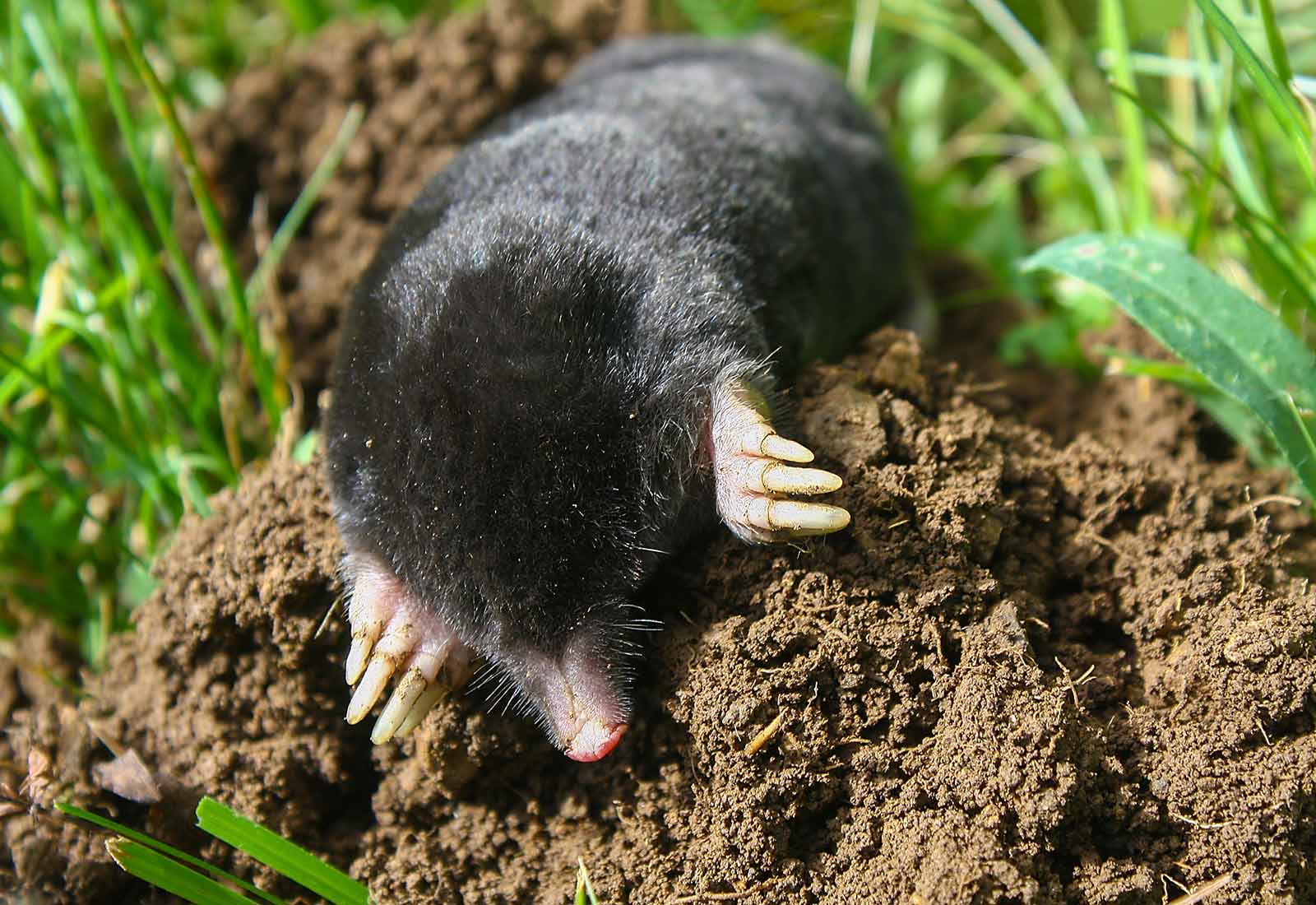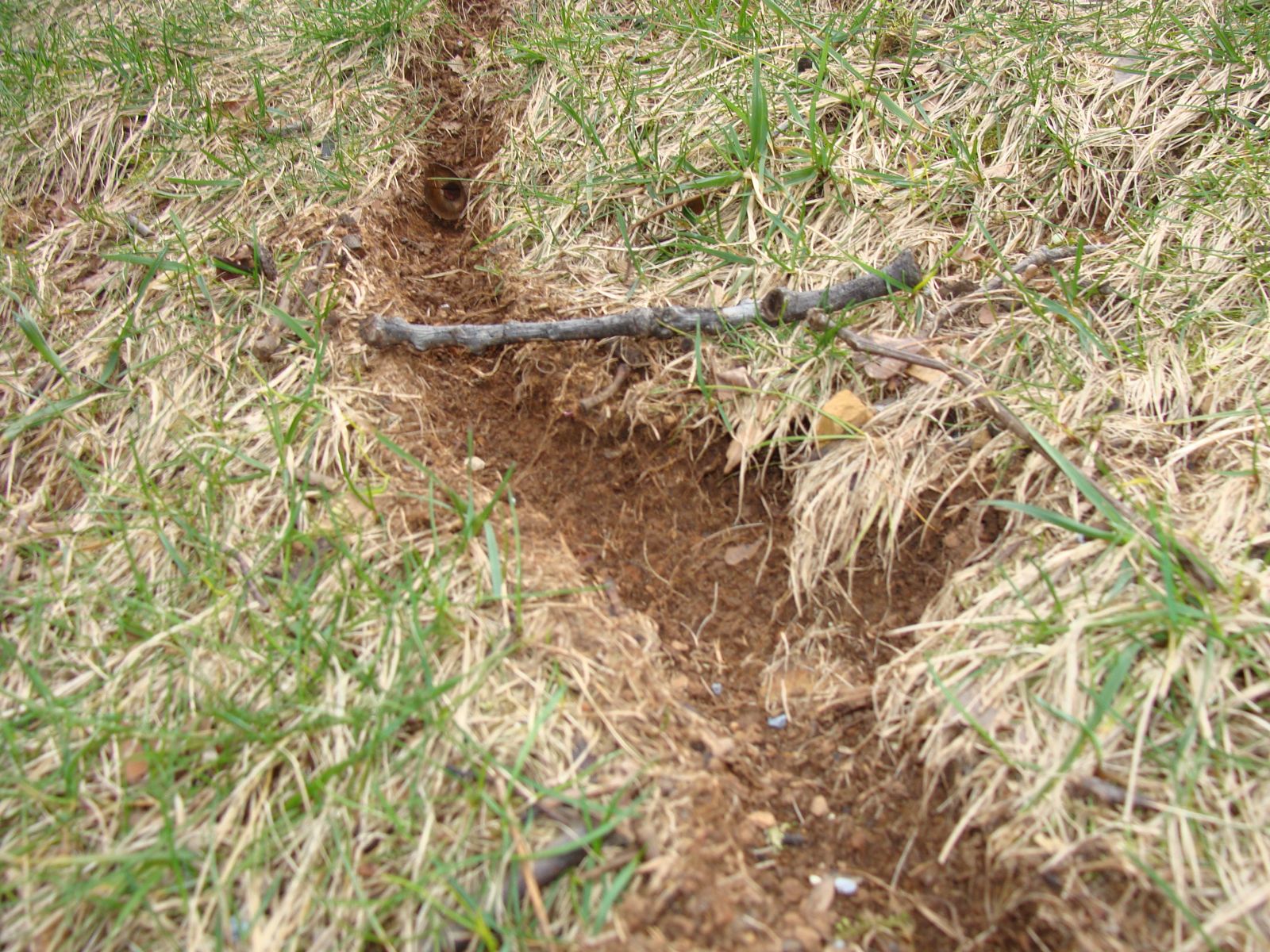Protect Your Lawn: Efficient Vole Control Techniques
Protect Your Lawn: Efficient Vole Control Techniques
Blog Article
Letting Loose the Power of Vole Bug Control: Advanced Techniques for Invasion Eradication and Therapy
As the determination of vole problems continues to challenge home proprietors and farming professionals alike, the mission for extra effective and reliable parasite control methods heightens. By checking out advanced capturing methods, tactical exclusion techniques, eco-friendly repellents, and integrated insect management options, an encouraging perspective arises in the fight versus vole problems.
Vole Parasite Identification and Evaluation
Voles, tiny rodents that resemble mice but have shorter tails, are generally determined parasites in gardens and lawns, needing detailed analysis to establish the level of their problem. Recognizing voles includes recognizing their distinct features, such as their stocky bodies, brief legs, and tiny eyes. They are commonly around 3 to 9 inches long and can differ in shade from grey to brown.
Evaluating vole infestations is essential for executing effective pest control approaches. Indications of vole existence include paths in verdant areas, damaged plant life, and tiny burrow openings near the surface. By examining these indicators, property proprietors can assess the seriousness of the infestation and devise proper obliteration methods.

Cutting-Edge Trapping Methods
Efficient vole parasite control necessitates remaining abreast of the current improvements in trapping strategies to successfully handle infestations in backyards and yards. Typical techniques like breeze catches and glue boards have their limitations, leading scientists and bug control experts to develop even more humane and efficient trapping techniques. One sophisticated strategy is the use of live traps that catch voles without creating harm, allowing for their safe removal and release in an appropriate habitat away from suburbs. These catches are developed to decrease stress on the captured voles and are reusable, making them cost-efficient and eco pleasant in the lengthy run.
Additionally, some digital traps are geared up with sensing units and remote monitoring abilities, enabling house owners to track vole task and trap standing from a range, improving the total effectiveness of vole bug control efforts. By incorporating these sophisticated trapping strategies into insect monitoring approaches, property owners can take on vole infestations with precision and empathy.

Strategic Exclusion Techniques
Applying critical exclusion techniques is necessary in preventing vole invasions and securing yards and backyards from damage brought on by these parasites. One effective strategy is the setup of hardware fabric obstacles. These obstacles need to be buried at the very least 12 inches deep and surge 6 inches in the air to stop voles from burrowing underneath or climbing over them. Additionally, pruning bushes and trees to preserve a clear space between the plants and the ground can help in reducing vole sanctuary and concealing places.
An additional vital exemption technique is making use of gravel or rock compost as opposed to natural mulch. Voles are less most likely to passage with rocky surface, making this a much less appealing environment for them. Frequently examining the boundary of the garden or backyard for spaces in wall surfaces, fencings, or foundations is crucial. These access points should be secured with materials like concrete or steel flashing to stop vole access.
Eco-Friendly Repellents and Deterrents
Using environmentally pleasant repellents and deterrents is a sustainable technique to managing vole populaces and reducing damages to gardens and lawns. Green choices are obtaining popularity as a result of their efficiency in fending off voles without creating harm to the atmosphere, pet dogs, or helpful wildlife. One typical green method is utilizing all-natural vole repellents such as castor garlic, oil, or killer urine, which produce undesirable scents for voles, driving them away from treated locations.
Another green deterrent is the usage of physical obstacles like cord mesh or hardware towel to safeguard basics at risk plants and light bulbs from vole damage. These barriers serve as a safety net against vole invasion while enabling correct aeration and drainage in the soil.
Moreover, presenting vole killers like owls or setting up nest boxes can aid normally control vole populaces in a yard or backyard. By urging all-natural killers, a well balanced community can be preserved without the requirement for dangerous chemicals or catches. Overall, incorporating environmentally friendly repellents and deterrents in vole bug control methods advertises ecologically conscious and sustainable methods.
Integrated Insect Monitoring Solutions
An alternative method to handling vole populations and mitigating damages in gardens and yards includes the extensive technique of Integrated Pest Monitoring Solutions. Integrated Parasite Administration (IPM) incorporates different methods to address vole problems properly while decreasing environmental impact. This strategy incorporates biological, social, physical, and chemical control methods to attain lasting insect control.
One key facet of IPM is the focus on prevention. By implementing measures such as habitat modification, exemption methods, and maintaining correct garden hygiene, property owners can create settings less for vole habitation. Furthermore, biological controls, such as presenting all-natural predators or making use of vole-resistant plant varieties, can aid handle vole populaces without turning to chemical treatments.
This lowers the overall pesticide tons on the environment while effectively managing vole populations. By embracing Integrated Bug Monitoring Solutions, homeowners can accomplish lasting vole parasite control while advertising ecological community health in their yards and gardens.
Conclusion
In final thought, the innovative strategies for vole parasite control reviewed in this article provide effective solutions for infestation removal and treatment. By executing a combination of trapping, exclusion, repellents, and incorporated parasite monitoring approaches, homeowner can successfully manage vole populations and protect against more damages. It is important to appropriately determine and evaluate vole parasites, and utilize eco-friendly approaches to attend to invasions in a sustainable fashion - vole pest control. These approaches use a detailed method to vole pest control for lasting success.
As the determination of vole invasions continues to challenge home owners and agricultural specialists alike, the quest for a lot more efficient and reliable insect control approaches heightens. In addition, some electronic catches are geared up with sensing units and remote monitoring abilities, making it possible for property owners to track vole task and catch status from a distance, boosting the total efficiency of vole pest control efforts. One typical environmentally friendly technique is making use of natural vole repellents such as castor garlic, oil, or killer pee, which develop unpleasant scents for voles, driving them away from treated locations.
Furthermore, introducing vole killers like owls or mounting nest boxes can aid naturally control vole populations in a garden or lawn. By embracing Integrated Bug Monitoring Solutions, property owners can accomplish reference lasting vole pest control while promoting home community health and wellness in their lawns and yards.
Report this page